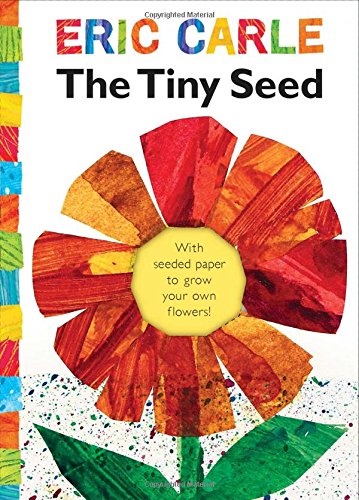
Are you looking for The Tiny Seed book activities? You’re in LUCK! These fun and hands-on activities will help your kids work on story sequencing while learning all about the seasons, plants we eat, the life-cycle of a plant and so much more.
The Tiny Seed Activities
Sequencing Activity
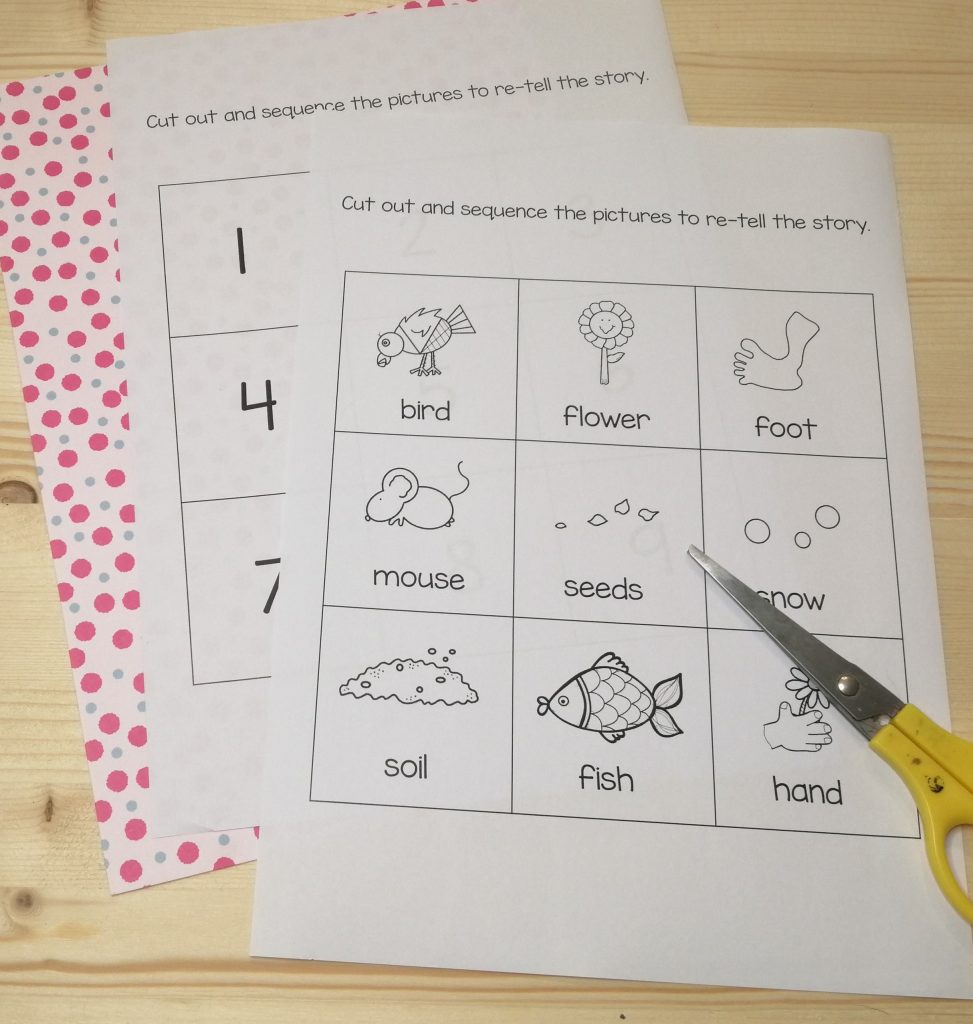

What you need:
- Sequencing Activity Sheets
- Scissors
- Glue
How to use this resource:
After listening to the story, the children color the pictures, cut it out and paste them in the correct order. When they are done, pair the kids up and ask them to re-tell the story to their partner while pointing to the pictures.
‘Plants are cool too!’ flip book

Even though this flip-book do not have much to do with the Tiny Seed book, I added it. The topic of Plants can be tied in with the Tiny Seed and it can turn into a wonderful two weeks of learning.
What you need:
- Plants are cool too! printable book for each child (assembled beforehand as shown in the picture
- Coloring pencils
- Scissors
- Glue
- Vegetables (carrots, cabbage, beans, sweet potatoes etc.)
How to use this resource:
Have a look at the pictures and activity descriptions below to get a better idea on how to complete each of the pages in the Plants Are Cool Too! booklet.
Page 1: What a plant needs
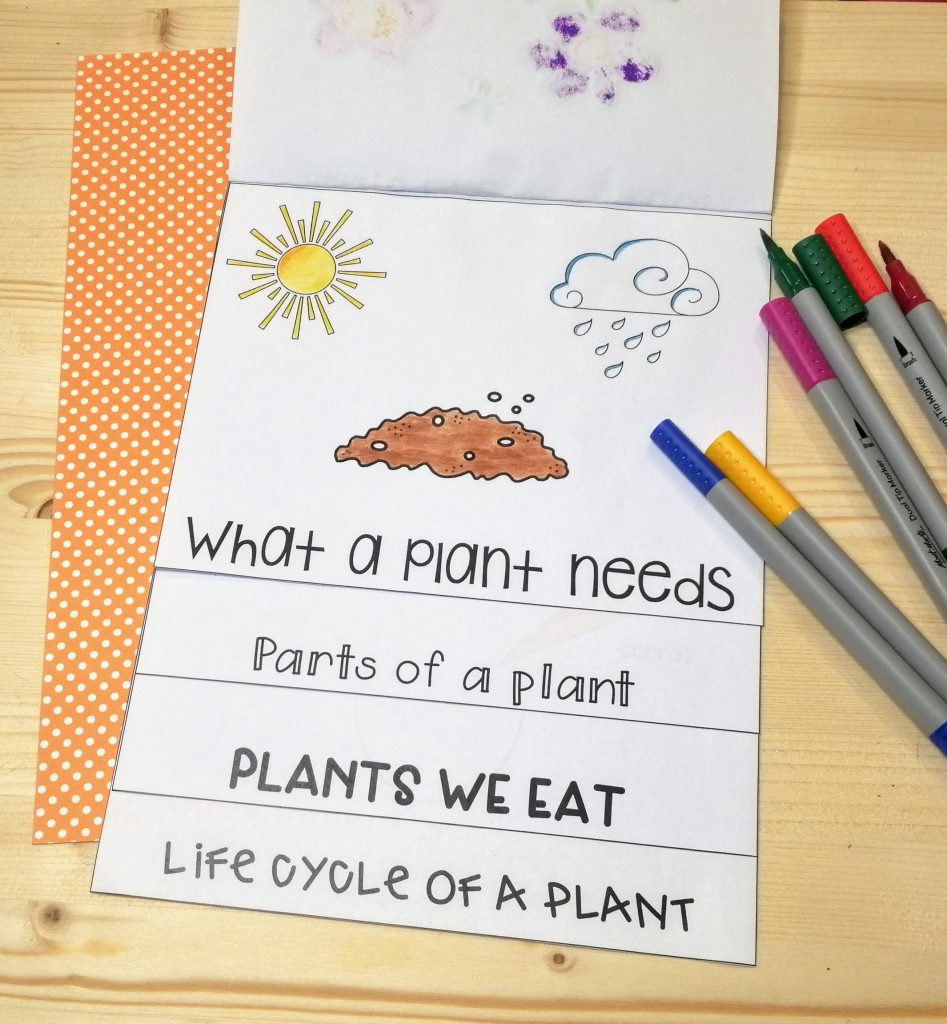
Ask the children what they think a plant needs to grow. Go for a walk outside and ask the kids to have a look at their surroundings. What do the plants and trees grow in? Look up to the sky. Do they think plants will grow without sunlight? Have they seen their parents water their plants at home? Why do they think the do that?
When you get back to the classroom, hand out the ‘Plants are Cool Too!’ booklets and let the kids color the ‘What a plant needs’ page.
Page 2: Parts of a Plant

Once again, go for a walk outside (this is the best topic for an excuse to spend as much time as possible outdoors in nature!). Let the children observe the plants and trees around them. Which parts can they see? Talk about the leaves, flowers, stems, trunks and all their functions.
Now ask them if they know how the plants can stay in one place, upright? Explain that the part of a plant that we can’t see is called the roots and plants need these to absorb food (nutrients) from the soil and to stay tight in one spot.
Once everyone gets back to the classroom, let the children complete the ‘Parts of a plant’ puzzle on page 3 of the ‘Plants are cool too!’ booklet.
Page 3: Plants We Eat

Prepare some raw cut-up vegetables beforehand. Ask the children if they know which part of a plant each of these are. Talk about all the different plants we can eat. Let the kids try each of the vegetables. Delicious right?
When everyone is done eating, hand out the ‘Plants are cool too!’ page and ask the kids to name the pictures and then to color it.
Page 4: Life-Cycle of a plant
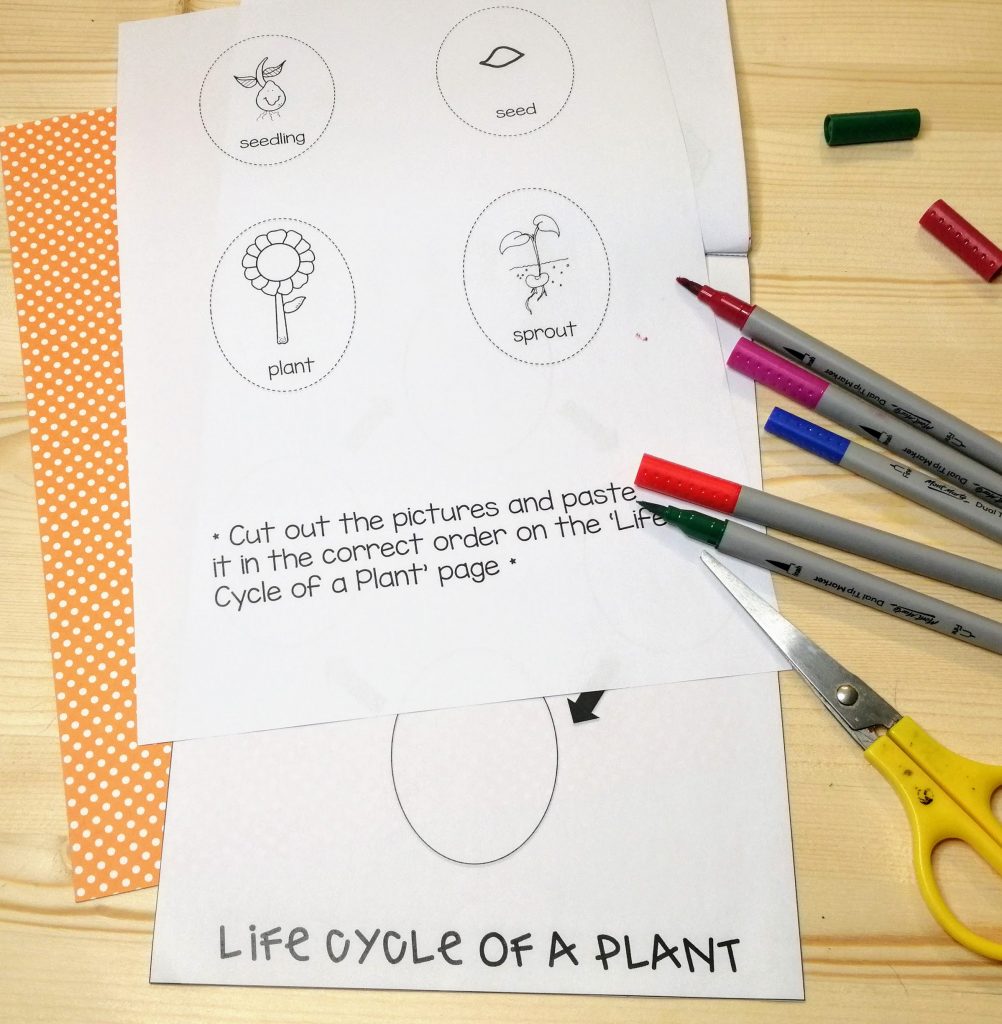
The last page of the ‘Plants are cool too!’ booklet is all about the life-cycle of a plant. Talk to the kids about our own life-cycles. How we are born as babies, grow into toddlers, then children, then teenagers, then adults and finally elderly people. Ask the children whether they think plants have a life-cycle? Introduce them to the vocabulary of all the different stages of the life-cycle and then complete the last page of the booklet.
You have now completed the ‘Plants are cool too!’ booklet. On to the next activity!
My Colorful Food Journal
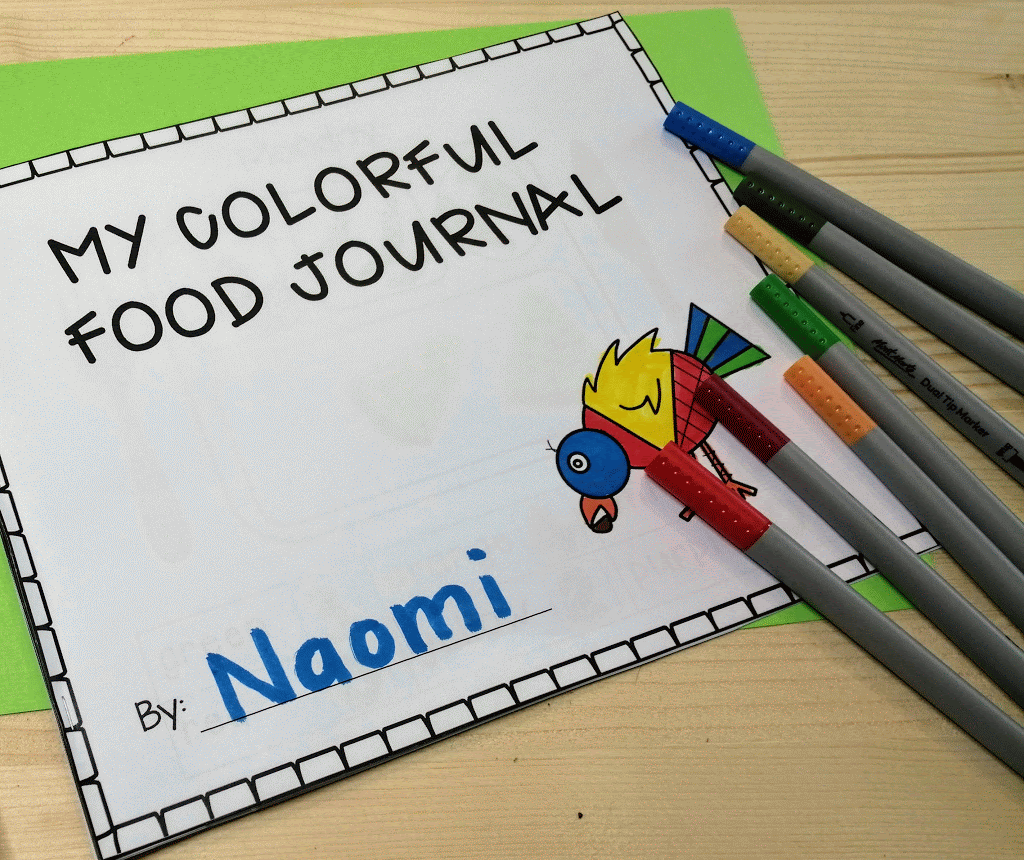
What you need:
- Complete this activity everyday after lunch or snack time
- Markers, coloring pencils/ crayons
- The ‘My Colorful Food Journal’ booklet printed out and assembled beforehand (one for each child)
How to use this resource:
During lunch or snack time, ask the children to look at their food and to notice all the different colors. Meat can be brown or white, vegetables can be green or orange or yellow or purple etc. Let the children talk about all the different colored foods they eat every day. Ask them if they notice any patterns? A lot of vegetables are green etc. When they have all eaten up and after quiet time, the children can ‘draw’ what they had for lunch, count all the different colors and record the numbers.

